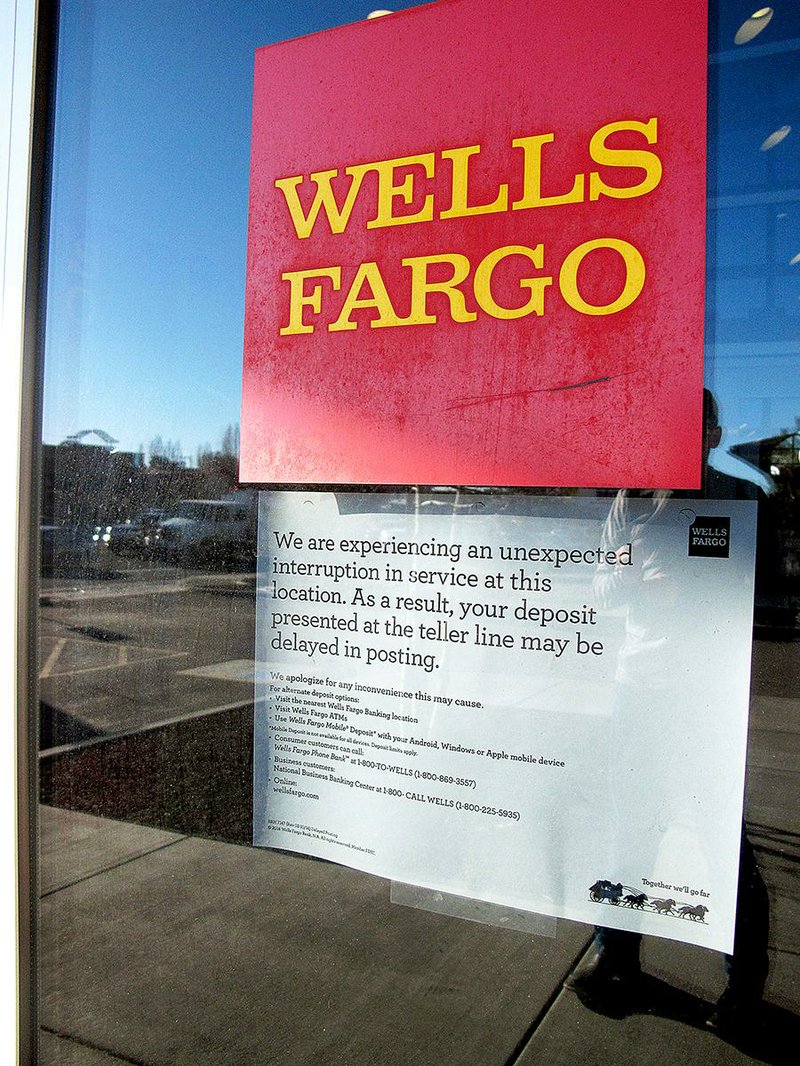FLAGSTAFF, Ariz. -- Computers, cellphones and landlines in Arizona were knocked out of service for hours, ATMs stopped working, 911 systems were disrupted and businesses were unable to process credit card transactions -- all because vandals sliced through a fiber-optic Internet cable buried under the rocky desert.
Alex Juarez, a spokesman for Internet service provider CenturyLink, said the problem was first reported around noon Wednesday, and customer complaints immediately began to pour in from Phoenix, Flagstaff, Prescott and Sedona. Service began being restored within a few hours and was reported fully restored by 3 a.m. Thursday.
CenturyLink blamed vandalism, and police are investigating.
The CenturyLink-owned cable -- actually, a set of cables bundled together in a black jacket a few inches in diameter -- was buried several feet under the rocky soil in a dry wash, about a quarter-mile from the nearest houses and a couple of miles from an outlet mall. Vehicles can navigate the area easily, but foot traffic there is rare, Phoenix police spokesman James Holmes said.
"It's almost as if someone had to know it was there," Holmes said.
Police believe the vandals were looking for copper wire -- which can fetch a high price as scrap -- but didn't find any after completely cutting through the cable, probably with power tools, Holmes said.
"Your average house saw and wire cutters wouldn't do it," Holmes said. He said the damage was estimated at $6,000.
As the power failure spread, CenturyLink technicians began the tedious process of inspecting the line mile by mile. They eventually located the severed cable and spliced it together.
CenturyLink gave no estimate on how many people were affected, but the service failure was widespread because other cellphone, TV and Internet providers used the cable, too, under leasing arrangements with the company.
Mark Goldstein, secretary for the Arizona Telecommunications and Information Council, said such networks ideally should have built-in redundancies that divert data transmissions to another line if a cable is cut or damaged. But that was not the case Wednesday.
The challenge in Arizona, he said, is the large swaths of federal land that create complicated ownership issues.
"You can't just like go through the mountains and bury fiber. Part of the problems have to do with landownership in Arizona. So much land is Bureau of Land Management, the National Park Service or tribal," Goldstein said.
Details of the vandalism came to light on the same day the Federal Communications Commission in Washington voted to impose stricter regulation over Internet service providers such as Comcast, Verizon, AT&T, Sprint and T-Mobile.
The plan, which puts the Internet in the same regulatory camp as the telephone, requires Internet service providers to act in the "public interest" and bans business practices that are "unjust or unreasonable."
Police investigating the vandalism in Arizona asked local residents to come forward if they saw anyone walking or driving in the area around the time service went out. Any charges resulting would not be limited to vandalism, Holmes said.
"It's endangerment," Holmes said. "When you think about that, if someone has an emergency and the only means they have of contacting or getting assistance is through their cellphone, that's just not a good thing."
Flagstaff's 69,000 residents struggled to go about their business after the line was cut.
Zak Holland, who works at a computer store at Northern Arizona University, said distraught students were nearly in tears when he said nothing could be done to restore their Internet connection.
"It just goes to show how dependent we are on the Internet when it disappears," he said.
Many students told Holland they needed to get online to finish school assignments. University spokesman Tom Bauer said it was up to individual professors to decide how to handle late assignments.
Kate Hance and Jessie Hutchison stopped at a Wells Fargo ATM to get cash because an ice cream shop couldn't take credit cards without a data connection. They left empty-handed because the failure also put cash machines out of service.
"It's moderately annoying, but it's not going to ruin my day," Hutchison said.
At Flagstaff City Hall, employees were unable to make or receive calls at their desks. The city relied on the Arizona Department of Public Safety for help in dispatching police and firefighters.
In Prescott Valley, about 75 miles north of Phoenix, authorities said 911 service was being supplemented with hand-held radios and alternate phone numbers.
Yavapai County spokesman Dwight D'Evelyn said authorities couldn't get access to law enforcement databases either.
Weather reports from the region weren't able to reach anyone. During evening newscasts, Phoenix TV stations showed blank spaces on their weather maps where local temperatures normally would appear.
Information for this article was contributed by Terry Tang of The Associated Press.
Business on 02/27/2015
